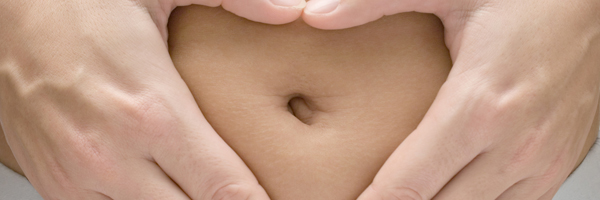I recently came across a social media post stating “Halt the Kegels!” It went on to say that pregnant women should not be doing Kegel exercises (pelvic floor contractions) and was followed by a long comment thread re-affirming this statement. As a Physical Therapist who specializes in pelvic health I am blown away by this linear and absolute way of thinking. Knowing what your pelvic floor does, and learning how to contract it and release it is INTEGRAL to a healthy pregnancy, delivery and recovery.
Disclaimer: I am not of the belief that all women should be doing isolated pelvic floor contractions (aka Kegels) and certainly do not believe that women should do Kegels “as much and often as possible” as many OB physicians will advise their pregnant patients.
But a blanket statement, such as “Halt the Kegels!” can be equally damaging as telling all pregnant women to do Kegels until their pelvic floor muscles can turn coal into diamonds. Nothing about the body, muscle strength, muscle function or prenatal health should be in absolutes (unless it causes direct harm to the baby).
Any practitioner who works in the field of pelvic health should promote a healthy pelvic floor and educate their clients. This may look different for different women. Many women become pregnant and lack not only the awareness but also the knowledge of what the pelvic floor muscles are and what they do. Teaching these women how to do a Kegel exercise correctly by identifying and isolating the pelvic floor — and learning to contract AND RELEASE the muscle — has a real benefit.
A healthy pelvic floor plays a huge role in staving off incontinence (peeing your pants when you sneeze, laugh or jump) Learning what it feels like to fully RELEASE your pelvic floor is the physiological secret to pushing your baby out during child birth. Kegels can also help rehab your pelvic floor faster after delivery.
Watch this video from Oh Baby! Fitness on how to properly perform a Kegel.
This does not mean women need to squeeze their pelvic floor with all their might until they can no longer squeeze. It simply means they need to learn how to turn it on. They also need to learn how to turn it off, how to make it longer as well as shorter, how to hold it for a certain length of time, how to do quick contractions and most importantly, HOW TO USE IT WITH OTHER MUSCLES.
This blog post tries to make the argument that Kegels are bad and other exercises, such as squatting, are better for the pelvic floor. The authors assert that doing pelvic floor muscle contractions makes the pelvic floor shorter and thus may do more harm than good in the pregnant population. The reality is, strength is a measure of muscle force, length is a measure of muscle size; the 2 are not synonymous.
Muscles held in a chronically activated position may adaptively shorten. However, doing exercises to strengthen the pelvic floor will NOT shorten these muscles and make them “tight.”
The anti-Kegel article also attempts to discredit the relationship between pregnancy and pelvic floor dysfunction. Several articles confirm a relationship between pregnancy/childbirth and common pelvic floor diagnoses including stress urinary incontinence and prolapse. While cause-effect may not be proven, the association is there.
Up to 44% of women in their first pregnancy, and 85% of multiparous (previously pregnant) women report stress urinary incontinence by the third trimester of pregnancy (Morkved, et al 2003).
A study by Wilson, et al (2002) found that 5-7 years post delivery, 44.6% of women had some degree of urinary incontinence. That’s almost half the women in the study at 5 years AFTER pregnancy experiencing incontinence!
So what’s the bottom line here? We cannot ignore the pelvic floor muscles in pregnancy. Women need to become aware of where these muscles are, how they work, and how they function as part of a neuromuscular “team” with the abdominals, diaphragm and low back muscles. For some, this may mean starting with Kegels. The eventual goal is to incorporate pelvic floor muscle activation and/or relaxation into other exercises, including squats, lunges, planks, and even simply breathing. Recommending pregnant women “Halt the Kegels” is doing a huge dis-service to new and expecting Moms.
–Blair Green is a Doctor of Physical Therapy, PT, DPT, OCS, PHC and a member of the Oh Baby! Fitness Advisory Board






